Decolonizing Miami's "pioneer" origin story
How public institutions like Miami's Barnacle National Park commit colonial erasure.
Hi friends!
This piece was published by my favorite Miami indie book store/gallery, Dale Zine Shop for their newly launched periodical, Dale News. I was honored to be included! Here is the essay:
The Barnacle Historic State Park, the oldest standing home in Miami Dade County was built in Coconut Grove, FL by Ralph Munroe (1851-1933), the entrepreneurial, yacht-designing, amateur photographer “pioneer” who built it in 1891. Munroe moved south from Staten Island in hopes that a warmer climate would cure his wife of tuberculosis. He had met William Brickell on a yachting excursion and from him he learned of Biscayne Bay. In 1886 he purchased 40 acres of ocean-front land and eventually founded the “exclusive” Biscayne Bay Yacht Club.
The Barnacle (see above) is an example of the use of historic architecture to narrate a city’s origin story, and in this case the whitewashing of how and whom “founded” Miami. During a recent visit to the Barnacle, I was astounded, but not entirely surprised, by the white-centered origin story encoded in the “official” narrative that this small Florida National Historic Park espoused. When the perfectly amicable guide led my tour group through the property he described the land surrounding this Miami landmark as “untouched by man.”
Hmmm, I asked, “So nobody was here before Munroe, no indigenous people lived here prior to the arrival of these intrepid ‘pioneers’ of Miami?”
He answered: “Not really, they were nomadic.”
This conversation happened as the group gazed at this picture:
Who is the gentleman on the far left I asked myself, the one with impeccable style wearing the killer textiles and not the bearded white settlers who look like they just exited a hipster barbershop in Williamsburg, Brooklyn. Yet there was zero mention of anyone else except for Munroe and his offspring, despite the fact that on display there were portraits of both Black and Indigenous folks. Classic colonial erasure I thought, the white people are celebrated as founders and the black and brown ones are on the margins, not even mentioned.
Around the same time I visited the "The Barnacle Historic State Park", I went to a march that protested the erasure of a major Tequesta archaeological dig underway in Brickell. This site is under threat from one of Miami's most influential commercial development groups who plan to construct a massive luxury tower atop a sacred burial mound. The Tequesta inhabited Miami from about 500 B.C. to the mid-1700s. All of Miami is built on the ancestral land of the Tequesta, the Seminoles—and the Miccosukee.
The house itself is an ode to “colonial America.” The collage features a pic of Ralph, some of his boating memorabilia, a creepy doll in austere, muted WASP-approved linen in the kid’s room and another iconically quilt-clad “Early Americana” room.
The indigenous history of Miami is not mentioned on the tour of the Barnacle, or the Fairchild Garden, or really any of the historic homes I have visited lately even though the Seminoles and the Miccosukee were not only present when the “pioneers” like Munroe arrived but are very much still here! Like most of the Americas, Miami’s history is one of indigenous displacement, theft and extraction as lands were taken by European colonizers and later by the federal government. The foundation narrative I heard at the Barnacle, which they described as a glimpse of “old Florida” was steeped in Manifest Destiny colonial bullshit. It was a “glimpse” that erased any trace of an indigenous past.
The Manifest Destiny narrative, personified in this 1872 allegorical painting by John Gast glorifying the Western expansion and the supremacy of “rational” Western thought, is alive and kicking at Barnacle Historic State Park. The tour guide at the Barnacle went on about these early Miami settlers whose descendants could be traced to England by way of wealthy New Yorkers. Sadly this sounds like present-day Miami and its influx of new money. Munroe’s purchase of the 40 acres of prime bayfront property for $400 along with one of his yachts valued at $400 is pretty much the Miami real estate “deal” of the century.
As aforementioned, on the led Barnacle tour you visit a gallery room that features many portraits taken by Munroe, an amateur photographer. What would actually be interesting is to explore and research who these “OTHER” people are, the ones whose pictures are shown in the gallery room, albeit on the margins, literally occupying the bottom half of the large vitrines. Their stories did not make the cut for the official tour, and this exclusion is a form of colonial violence enacted by historical landmarks like the Barnacle. Here are more of the pictures that I photographed. Imagine if more space and research were devoted to their stories.
I hope this essay showed how institutional narratives, specifically “origin” stories whitewash any trace of an indigenous past by centering “pioneers.” This cultural erasure is an act of colonial violence. The pioneer narrative circumvents the truth - it perpetuates an erroneous view of history where the settler “owns” the land while perpetuating power dynamics that center whiteness. The very idea of “taking” a photo or “capturing” an image is colonial: Monroe’s lens “capturing” indigenous and Bahamian subjects has some unexamined ethical implications, especially when no mention of these populations occurs on the official tour or website.
Here is more of the white-centering “official” narrative surrounding Ralph and the Barnacle!
“Situated on the shore of Biscayne Bay, The Barnacle was the 19th-century home of Ralph Middleton Munroe, one of Coconut Grove’s most interesting and influential pioneers. As a sailor, naturalist, and photographer with ties through his grandfather, William, to the New England Transcendentalists (including Ralph Waldo Emerson, and Henry David Thoreau), Munroe cherished nature and promoted what he called the simple and genuine life.”
OMG #thatssocolonial


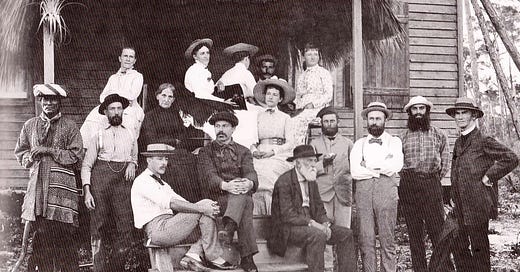



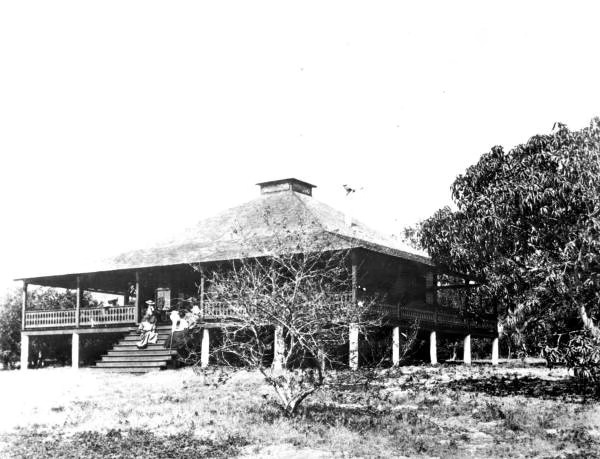
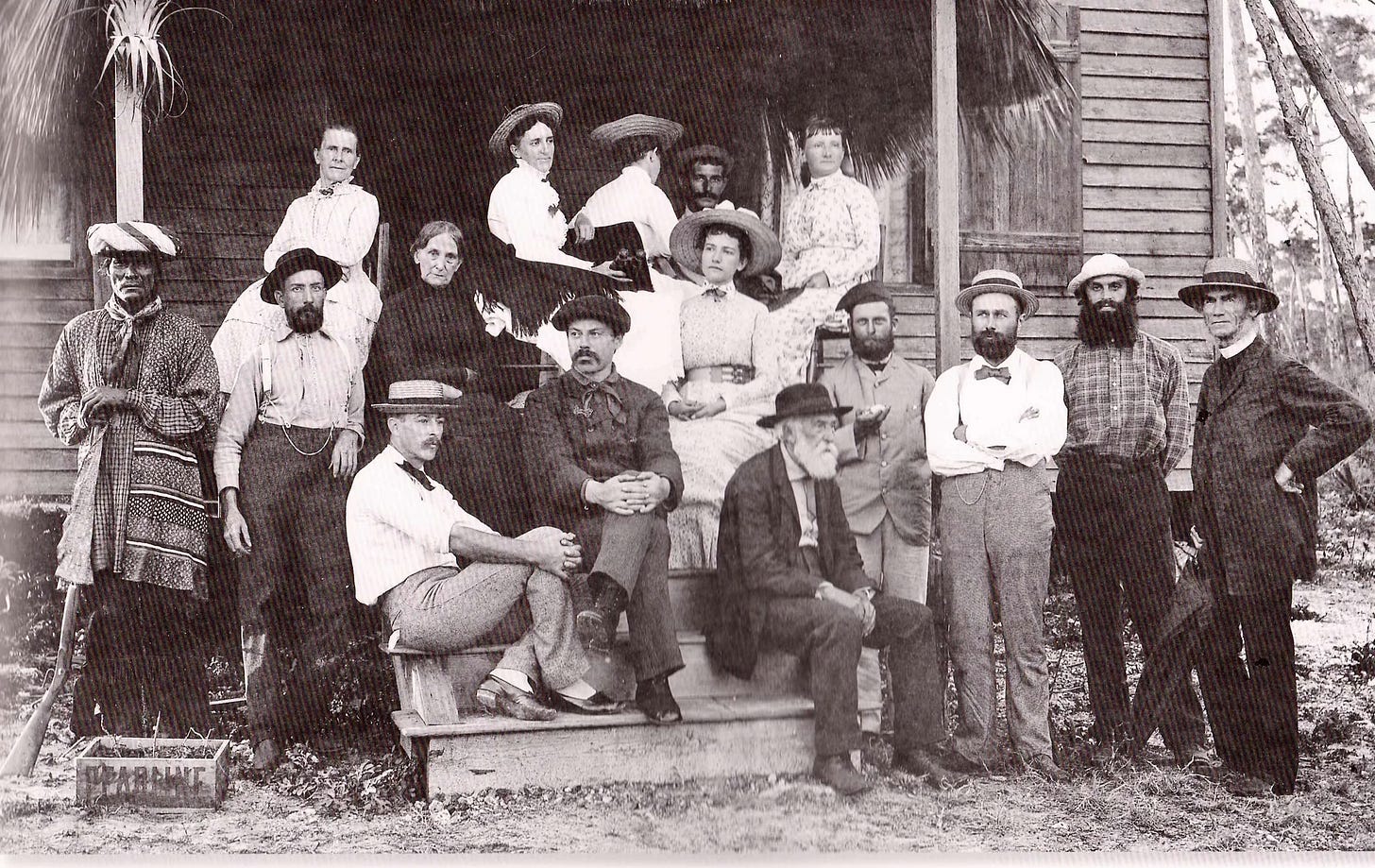
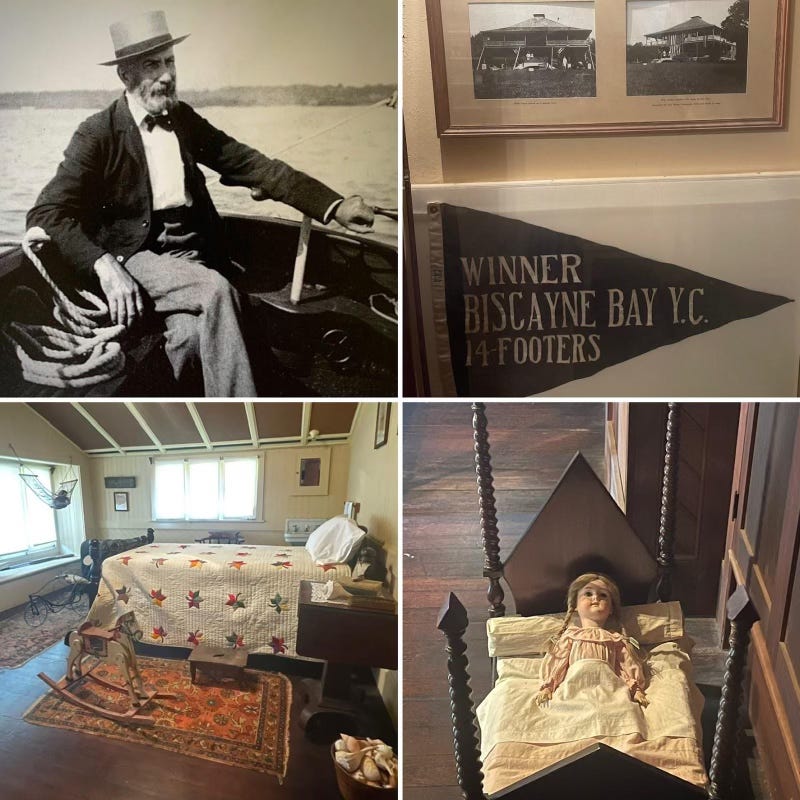
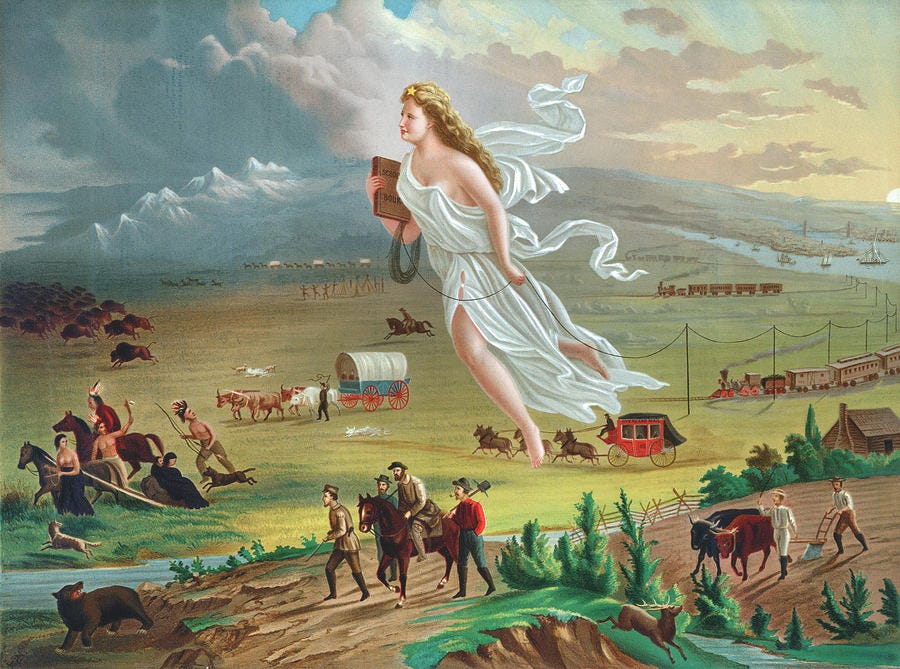
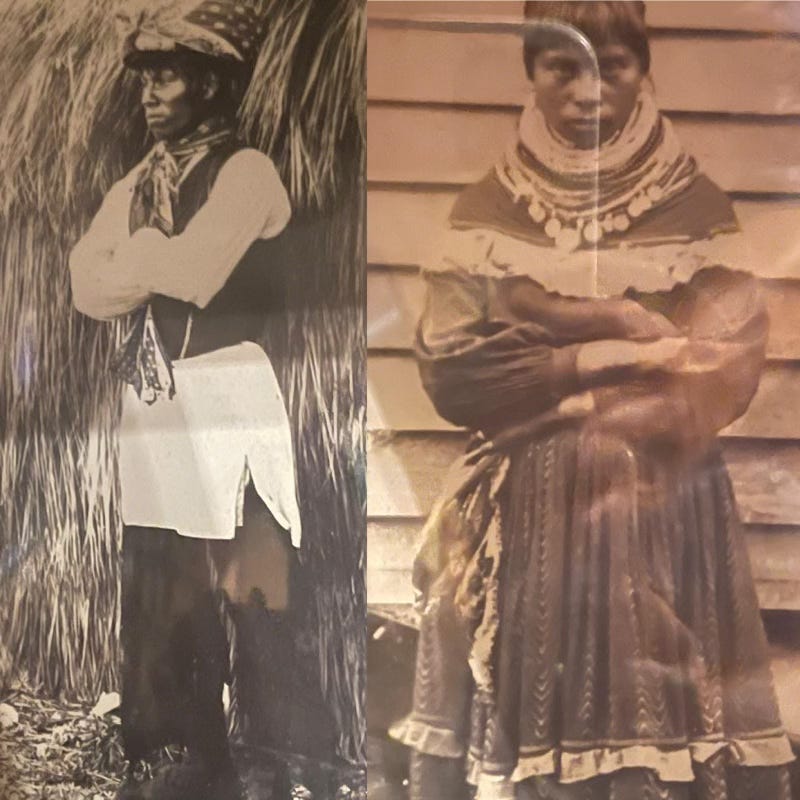
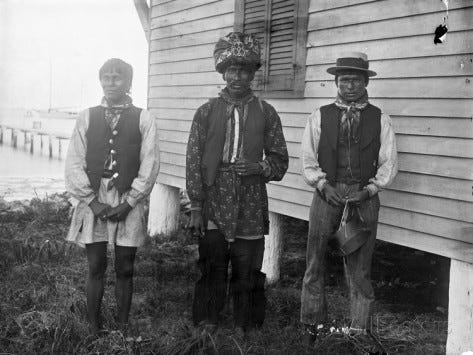
“Like most of the Americas, Miami’s history is one of indigenous displacement, theft and extraction as lands were taken by European colonizers and later by the federal government.”
So very true!!! Incisive and convicting piece that very much needs a broader audience! Here in Philadelphia, where I live, this kind of whitewashing is so common with the abundance of colonial landmarks!
Excellent, as always 💯💐😽